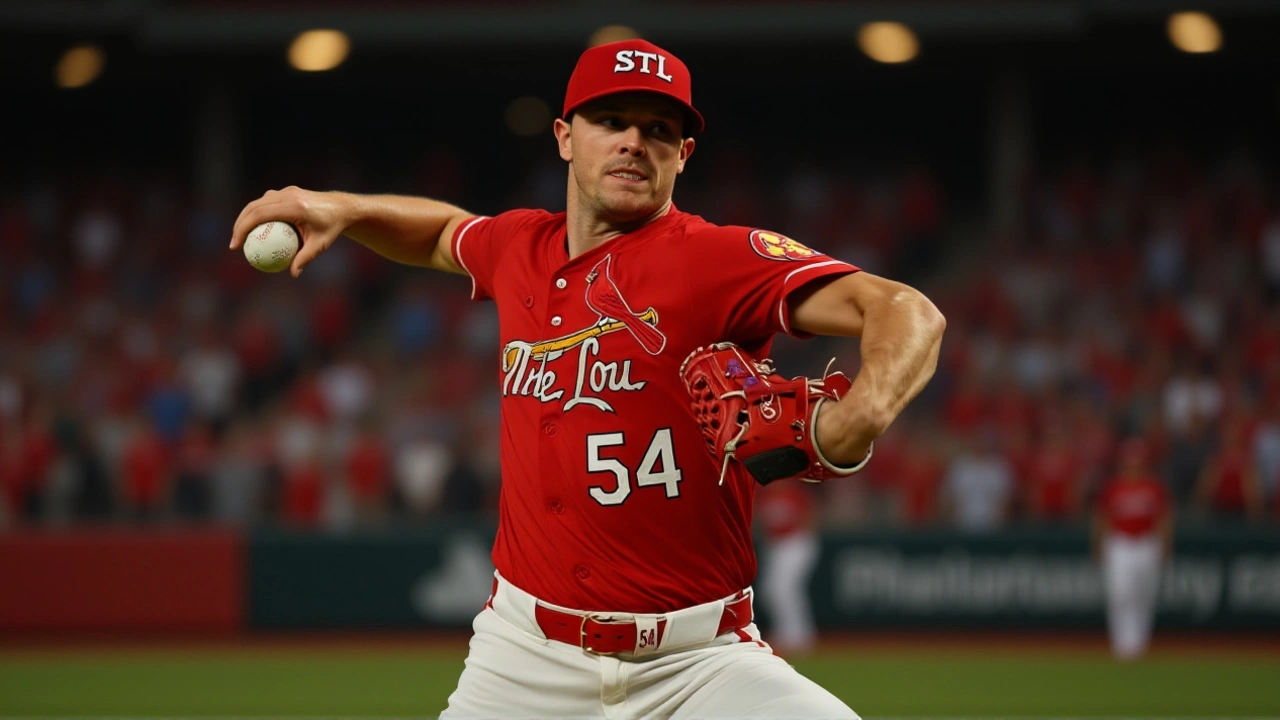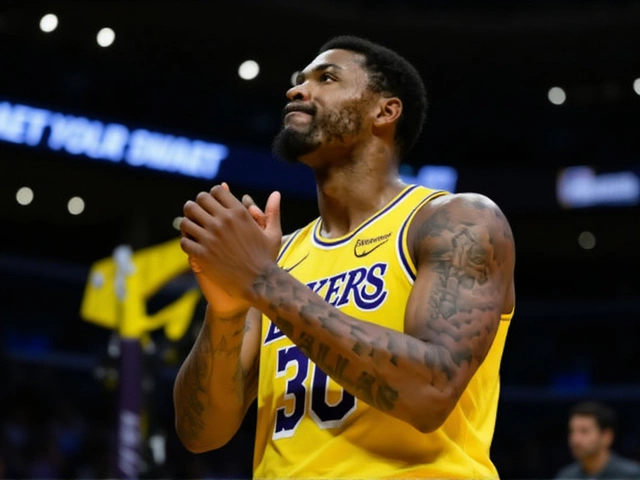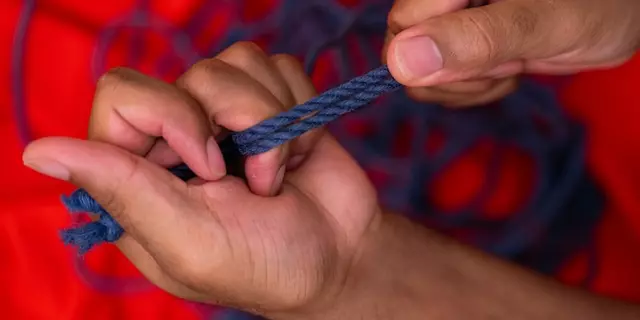The Boston Red Sox made a calculated move to bolster their rotation on November 26, 2025, acquiring veteran right-hander Sonny Gray from the St. Louis Cardinals in a deal that reshapes both teams’ futures. Gray, the 2023 American League Cy Young runner-up, waived his full no-trade clause to join Boston — a sign he’s chasing a playoff shot after two frustrating seasons in St. Louis. The Cardinals, meanwhile, are deep into rebuild mode, sending Gray and $20 million in cash to the Red Sox in exchange for left-handed pitching prospect Brandon Clarke and right-hander Richard Fitts, with a potential player-to-be-named later still on the table. This isn’t just a roster tweak. It’s a statement: Boston is all-in on 2026.
Why Gray? Why Now?
For the Boston Red Sox, the goal was clear: find a reliable No. 2 starter behind ace Garrett Crochet, who led MLB with 255 strikeouts in 2025. Gray delivered 201 K’s that same year — his second straight season crossing the 200-strikeout threshold. At 36, he’s no longer the flamethrower he was in Oakland, but his command, durability, and track record make him a perfect bridge. He’s made at least 32 starts in each of the last four seasons, and despite a 4.28 ERA in 2025, his underlying numbers — 3.78 FIP, 10.5 K/9 — suggest he’s still among the most effective starters in baseball. The Red Sox didn’t just get a pitcher. They got a proven winner who’s been vocal about wanting to compete.
"I signed here two years ago with the expectation of winning," Gray told reporters in September 2025, after the Cardinals missed the playoffs for the second straight year. "And that hasn’t played out that way. I want to win."
The Contract Shuffle
The deal was more than just players and cash — it was a financial ballet. Gray’s original contract called for a $35 million salary in 2026 and a $5 million buyout on a $30 million club option for 2027. The restructured deal slashed his 2026 pay to $31 million but bumped the buyout to $10 million, guaranteeing him $41 million total. That’s still a lot of money for a 36-year-old. But here’s the twist: the mutual option for 2027 is essentially meaningless. MLB.com’s research team confirmed it’s been over a decade since a mutual option was exercised by both sides in MLB history. In practical terms, Gray is a one-year rental. And with the Cardinals sending $20 million to offset the cost, Boston’s net outlay is just $11 million for a pitcher who can anchor their rotation for the stretch run.
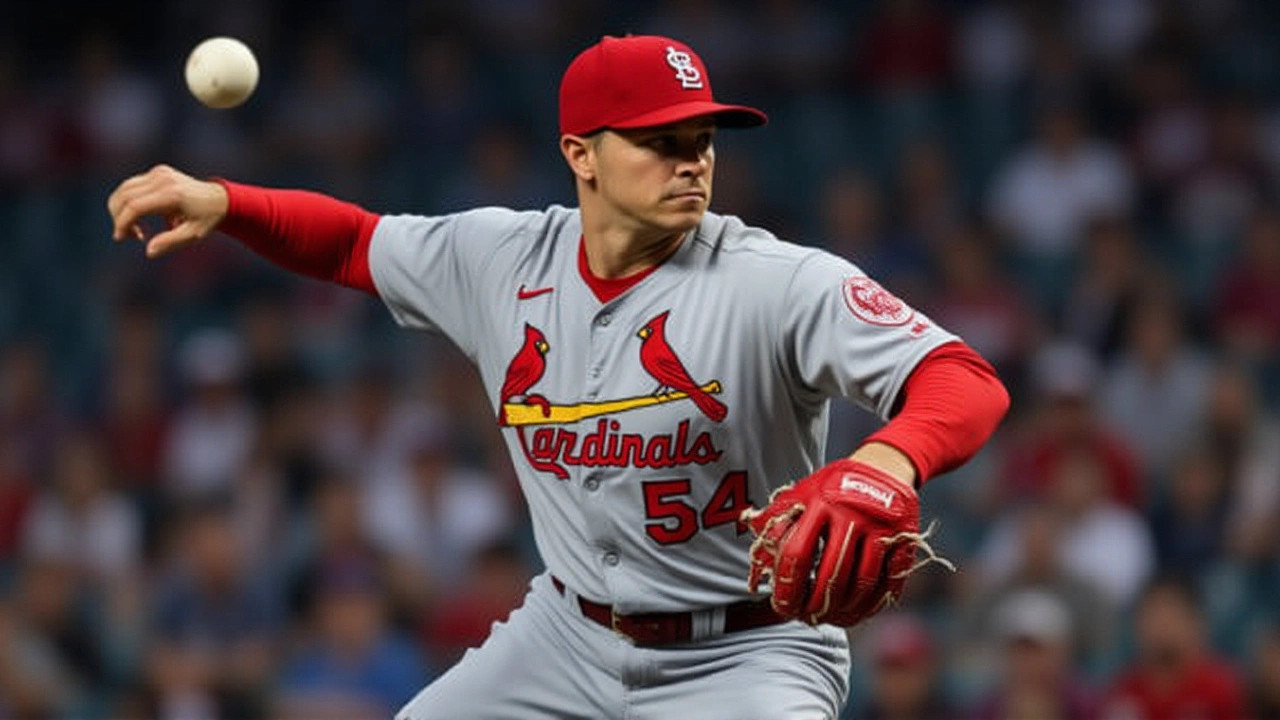
Who’s Leaving St. Louis?
The Cardinals, under president of baseball operations Chaim Bloom — who previously ran Boston’s front office from 2019 to 2023 — are betting on youth. Brandon Clarke, a 22-year-old lefty drafted in the fifth round in 2024, is their new crown jewel. He’s a polished college arm with a low-90s fastball and a sharp slider that scouts say could develop into a plus pitch. Richard Fitts, a 24-year-old right-hander, is MLB-ready and gives St. Louis depth in a thin rotation. The trade signals a full reset. After missing the postseason in 2025 and finishing 77-85, the Cardinals are no longer pretending. Bloom’s return to the organization — this time on the other side — adds a layer of irony. He knows Boston’s system inside out. Now he’s rebuilding St. Louis with the tools he helped Boston develop.
A Perfect Fit for Boston’s Rebuild
For the Red Sox, this trade fills a critical gap. After years of revolving-door rotations, they now have two pitchers who each struck out over 200 batters in 2025: Crochet and Gray. That’s rare. It’s the kind of duo that can carry a team through a long season. And with Craig Breslow — who previously worked under Bloom in Boston — now calling the shots, the front office has shown it’s willing to spend smartly. They didn’t overpay for a rental. They didn’t gut their farm system. They traded two prospects — one a high-upside arm, the other a ready-made reliever — for a proven ace who wants to win. The move also signals to fans: this isn’t another "wait until next year" campaign. Boston’s window is open.
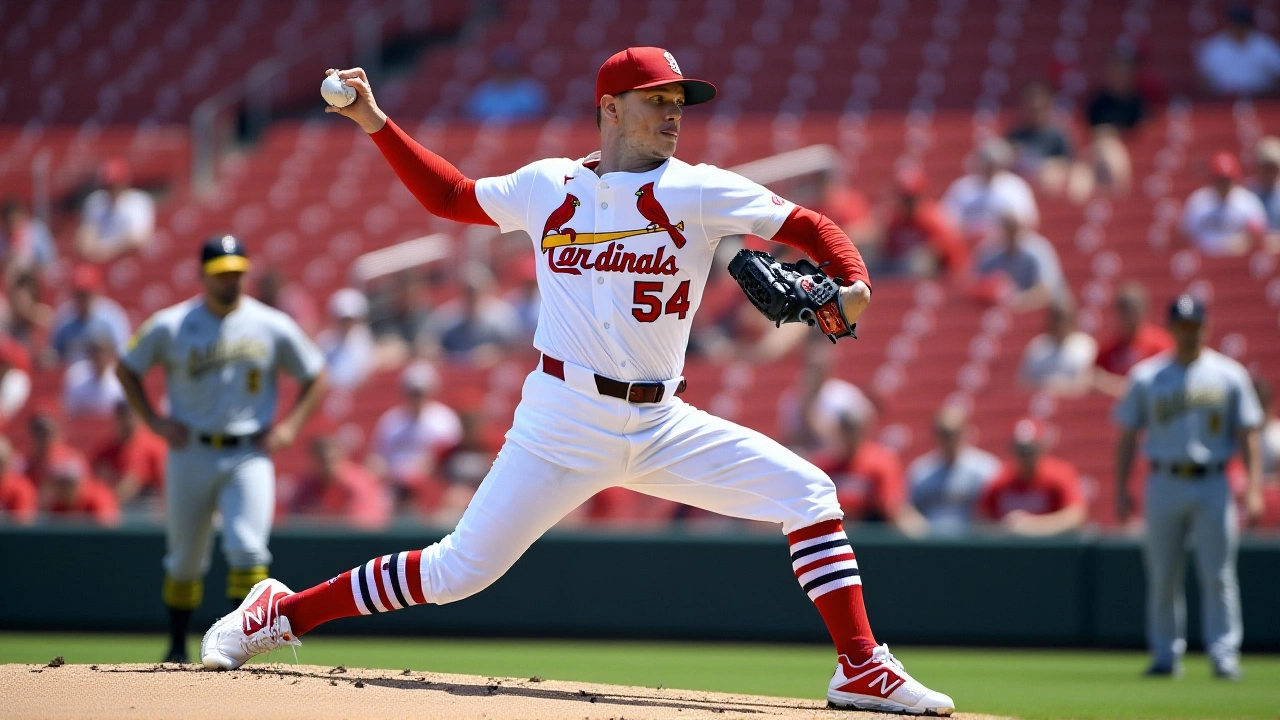
What’s Next?
Gray’s first spring training with Boston will be a spectacle. Can he adapt to the pressure of Fenway? Will his slider play better in the AL East? The Red Sox won’t ask him to carry the rotation — just to be steady, efficient, and dominant when it matters. He’s not the savior. He’s the missing piece. And if he pitches like he did in 2023 — 18-5, 2.73 ERA — Boston could be a serious October threat.
Meanwhile, the Cardinals will watch Clarke develop over the next two years. If he becomes a frontline starter, this trade will be remembered as a win for St. Louis. If he struggles, it’ll be seen as a salary dump disguised as a rebuild. But in baseball, you don’t always know the outcome until years later. What you do know is this: Gray got his chance to win. And Boston just got its most reliable starter since Chris Sale.
Frequently Asked Questions
Why did Sonny Gray waive his no-trade clause?
Gray waived his no-trade clause because he publicly stated in September 2025 that he wanted to compete after the Cardinals’ back-to-back playoff misses. At 36, he knows his window to win a championship is closing. Boston’s competitive roster and strong pitching staff made the Red Sox his most appealing option among potential suitors.
How does this trade impact the Red Sox’s 2026 rotation?
Boston now has two 200-strikeout pitchers in their rotation: Garrett Crochet (255 K’s in 2025) and Sonny Gray (201 K’s). That’s an elite combination rarely seen in MLB. Gray’s consistency and durability make him the perfect No. 2 behind Crochet, allowing the team to rest its bullpen and compete deep into September. His presence also reduces pressure on young arms like Brayan Bello.
What did the Cardinals get in return?
The Cardinals received left-hander Brandon Clarke, their No. 1 prospect after the trade, and right-hander Richard Fitts, an MLB-ready arm. They also got $20 million in cash to offset Gray’s salary. Clarke has the potential to be a future ace, while Fitts provides immediate depth. The trade gives St. Louis two valuable pieces for their multi-year rebuild under Chaim Bloom.
Is Sonny Gray really just a one-year rental?
Yes. While Gray’s contract includes a mutual option for 2027, MLB records show no mutual option has been exercised by both teams in over a decade. With the buyout now $10 million and Gray’s performance declining slightly after age 35, Boston has no intention of picking it up. He’s being acquired for one season — and if he pitches well, Boston may look to extend him, but it’s not part of the original plan.
How does this affect the AL East?
The AL East just got tougher. The Yankees added Juan Soto, the Orioles are building around Adley Rutschman, and now the Red Sox have two elite strikeout pitchers. Gray’s addition makes Boston’s rotation the most intimidating in the division. Teams that relied on wearing down Boston’s pitching — like Tampa Bay — now face a far more formidable challenge. The division race could come down to who has the deepest staff.
Why did the Cardinals agree to pay $20 million?
The Cardinals were facing a salary crunch with Gray’s $35 million 2026 salary and no playoff revenue to offset it. By paying $20 million to Boston, they freed up payroll space, acquired two prospects, and avoided the risk of Gray declining further in 2026. It’s a classic rebuild move: cash for youth. Chaim Bloom knew Boston would pay for a proven arm — and he made sure his team got paid for it.
